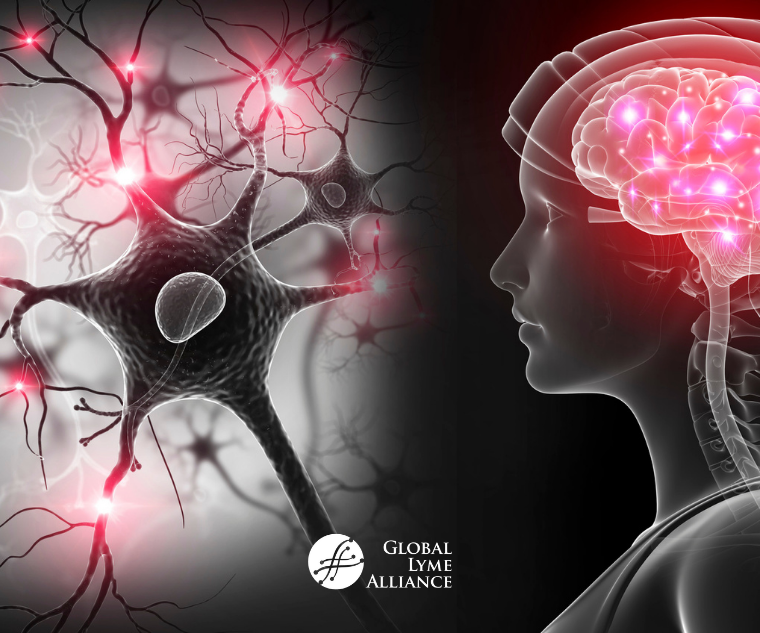
We patients must remember that Lyme is an inflammatory disease. Flare-ups often involve increased inflammation.
Last week I had an incredibly busy schedule: I did research, had several long conversations over Zoom, taught a class, and wrote a lot. The work required a good amount of mental energy, or “spoons”. I also happened to have a physically busy week, running around doing errands and going to doctor’s appointments, as well as meeting friends for socially distanced walks.
But what Lyme patients need to do and what we want to do don’t always match up.
By Thursday evening, my brain felt as if it was filling with cotton, a pressure I remember well from my acute days with Lyme disease, ehrlichiosis, and babesiosis. This should have been my cue to stop and rest. What I really needed to do was darken the lights, put on some soft music, and relax. But what Lyme patients need to do and what we want to do don’t always match up. In this case, I wanted to relax by watching a favorite show, something I’d been looking forward to as a reward all week. And so I watched.
Big mistake. Halfway through the program, my feet got very hot. They weren’t under a blanket. It was cool in the room. But my feet felt like they were on fire. Burning extremities are a common manifestation of neurological Lyme disease. While my own infections are in remission, pushing myself physically and mentally can cause flare-ups. The sensory overload of the TV show was the proverbial straw that broke the camel’s back. My nervous system was inflamed, and needed a cool down, stat.
What exactly causes nervous system inflammation in tick-borne illness? As Richard I. Horowitz, MD explains in How Can I Get Better? An Action Plan for Treating Resistant Lyme & Chronic Disease, “Inflammation underlies the symptoms in many neurological diseases. In a study published in 2007 in Lancet Neurology, researchers reported that the neurological syndromes associated with Borrelia burgdorgferi are also associated with inflammation in the central nervous system, in particular amyloid metabolism. Amyloids are proteins that aggregate and change the structure of cells, damaging them.” He goes on to say, “Amyloid is just one of several neurotoxins: substances that can damage or kill off the brain’s neurons that are produced by inflammation and can alter the normal activity of the cells of the central nervous system…Neurotoxins and inflammation both can alter the normal activity of the nervous system.” [i] For patients, this altered activity can manifest as the peripheral neuropathy (burning extremities, numbness, tingling) and “ brain fog” I experienced, as well as headaches, memory loss, confusion, anxiety, depression, sleep disturbances, and more. We patients must remember that Lyme is an inflammatory disease. Flare-ups often involve increased inflammation. That’s easy to remember when you’re in an acute stage and your entire body hurts or you’re getting systemic hives.
For those of us who are doing well, we can easily forget how quickly inflammation can rev back up. Last week was a sobering reminder for me. After watching my TV show, I had crazy dreams. When I woke up, I texted a friend, “I feel like I’ve been electrocuted.” To quiet my nervous system, I relied on tricks that have helped in the past: I went for an integrative manual therapy appointment, where my practitioner did some cranial sacral massage. I increased my consumption of anti-inflammatory foods. I stayed away from screens and even reading. That weekend, I wanted to go for a walk, but my body was too tired, so instead of pushing it as I had all week, I just stayed home. By Monday, I felt much better.
For those in acute stages of infection, increased inflammation may be a sign of needing additional, or different, antibiotics. Your Lyme Literate Medical Doctor (LLMD) may want to add an anti-inflammatory medication to your regimen. They may recommend certain supplements that can reduce inflammatory cytokines. Only you and your doctor can decide what treatment will work best for your specific case of inflammation, but everyone can benefit from rest, hydration, good sleep hygiene, and an anti-inflammatory diet. I’m glad to report that this past week was much better. My body and brain speak up when I’ve pushed them too far. Though I don’t always heed the messages quickly enough, I do heed them at all, and that’s made recovery from nervous system inflammation faster and better.
[i] Horowitz, Richard I., MD. How Can I Get Better? An Action Plan for Treating Resistant Lyme & Chronic Disease. New York: St. Martin’s Press, 2017 (183-4).
For more blogs, click here

Jennifer Crystal
Writer
Opinions expressed by contributors are their own. Jennifer Crystal is a writer and educator in Boston. Her work has appeared in local and national publications including Harvard Health Publishing and The Boston Globe. As a GLA columnist for over six years, her work on GLA.org has received mention in publications such as The New Yorker, weatherchannel.com, CQ Researcher, and ProHealth.com. Jennifer is a patient advocate who has dealt with chronic illness, including Lyme and other tick-borne infections. Her memoir, One Tick Stopped the Clock, was published by Legacy Book Press in 2024. Ten percent of proceeds from the book will go to Global Lyme Alliance. Contact her via email below.